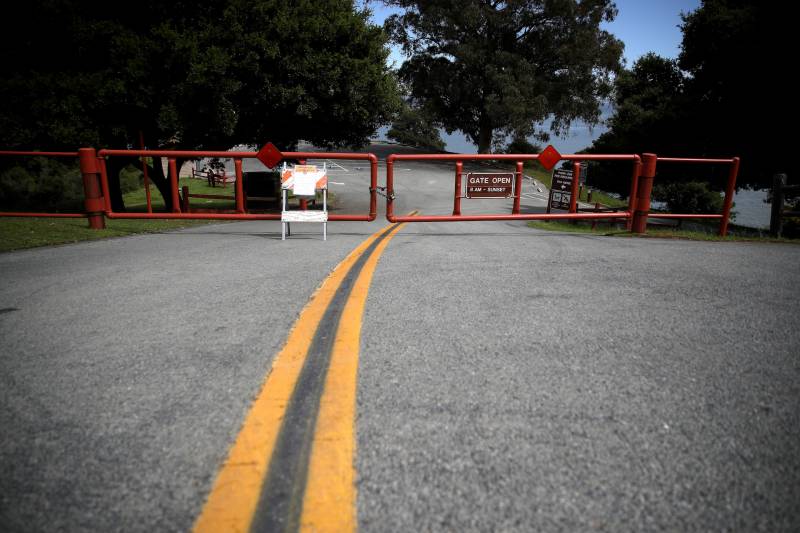Update: April 9, 2020
Under the shelter-in-place directive, Californians can still enjoy the outdoors. You can walk your dog or enjoy a local hike, as long as you stay away from other people. However, experts say it’s not a good idea to leave the city and cozy up in a vacation home, rent an Airbnb or go camping.
The reason: The more we move around, the easier it is to spread the coronavirus. Every time someone reaches for a gas nozzle, uses a public restroom or buys food at the grocery store, they leave germs behind. You could be transmitting the virus even if you’re not sick yet — you might not show symptoms for 14 days, or in some cases, longer.
Officials have asked us — really, they’re almost begging us — to sit tight. State campgrounds are closed. Yosemite, Kings Canyon and Sequoia National Parks are closed. Last weekend, A number of Bay Area parks and beaches are also closed. AirBnb and other online vacation rental companies are offering refunds.
“Our locals have welcomed visitors from around the globe for generations, but right now, our community needs the time and space to protect our loved ones and health resources,” says the official North Lake Tahoe visitor website. “The Sierra region will be ready to welcome visitors back when this crisis is behind us, but now is the time to stay put.”

